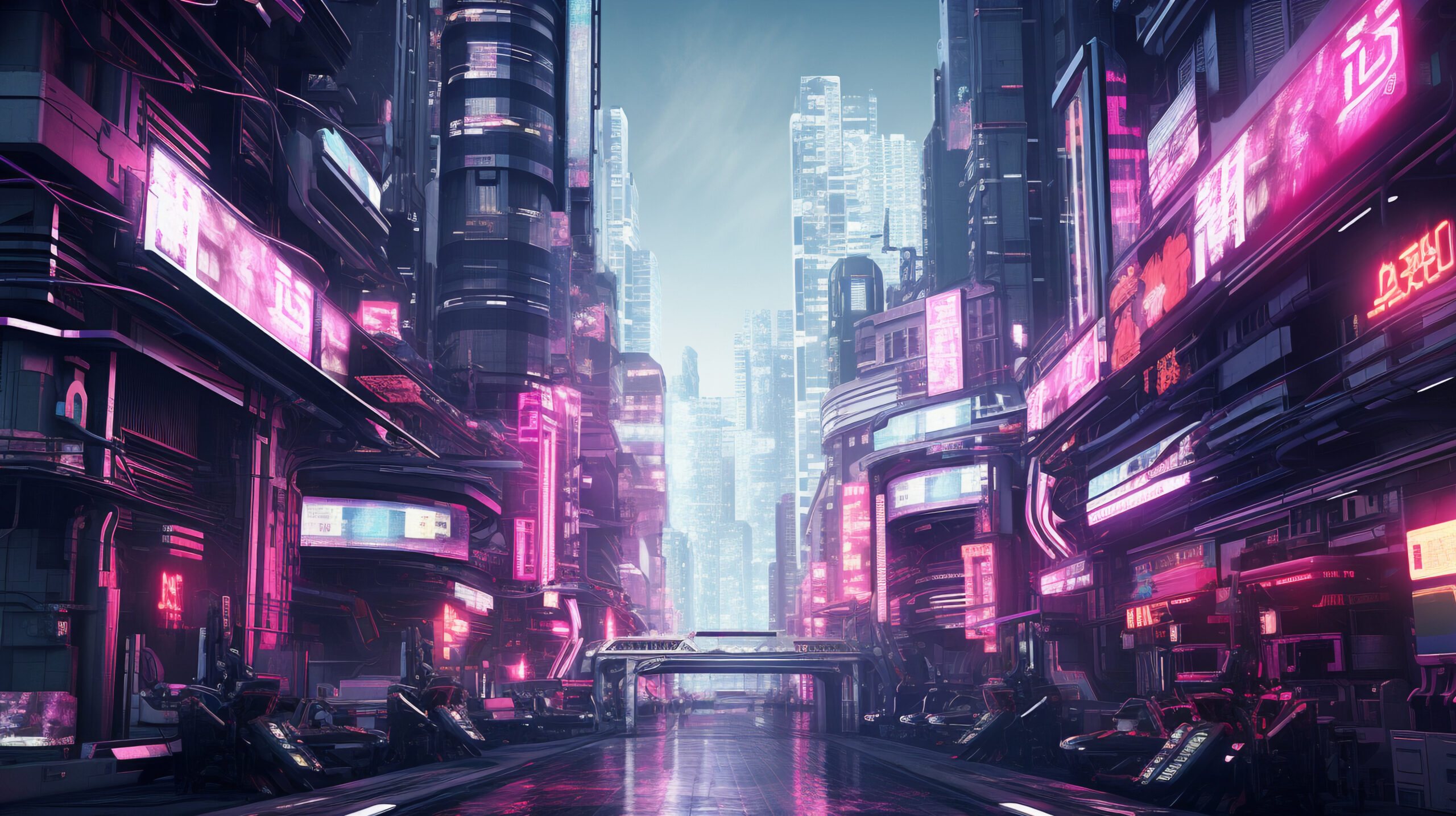
The announcement of Cyberpunk 2077: The Board Game sent waves of excitement through the gaming community. As a fan of both the video game and tabletop experiences, I couldn’t help but imagine the possibilities this adaptation could bring. Night City, with its neon-lit streets and morally ambiguous characters, is a perfect setting for an immersive board game experience. But what should this game deliver to truly capture the essence of Cyberpunk 2077? Here are my thoughts on what we hope to see.
A Deep Narrative and Player Agency
One of the defining features of Cyberpunk 2077 is its rich storytelling and player choice. The board game should emulate this by offering branching narratives and impactful decisions. Whether players are infiltrating a corporate tower or negotiating with shady fixers, their choices should shape the story’s outcome. A campaign mode, as hinted in previews, could allow players to explore alternative storylines while staying true to the video game’s themes of rebellion and survival. Additionally, incorporating iconic characters like Judy Alvarez or Panam Palmer would enhance immersion. Players should feel like true Edgerunners navigating Night City’s chaos.
Mechanics That Reflect Cyberpunk’s Essence
The mechanics need to reflect the gritty, fast-paced world of Cyberpunk. Real-time gameplay phases, as described in early prototypes, sound promising. These could simulate the urgency and tension of hacking systems under pressure or escaping hostile environments. Skills like hacking, crafting, and combat should be integral to gameplay, allowing players to specialise their characters based on their preferred playstyle. A deck-building element tied to character progression could further enrich the experience by letting players customise their abilities with cybernetic upgrades. This would mirror the RPG mechanics from the video game while adding strategic depth.
Night City as a Living World
Night City itself should feel alive on the tabletop. The board game should offer exploration opportunities that evoke the city’s vibrancy—its bustling markets, dangerous alleyways, and high-tech corporate zones. Side quests and thematic events could add variety to missions while encouraging teamwork among players. Moreover, the inclusion of environmental interactions—like breaking through walls or hacking into locked doors—could make Night City feel dynamic and responsive. A modular board design might even allow for replayability by reshaping the city layout for different campaigns.
Balancing Cooperation and Individuality
As a cooperative game, teamwork will be essential. However, it’s equally important for players to feel like unique individuals within their group. Each character should have distinct abilities and playstyles that encourage collaboration without overshadowing personal agency. For example, while one player excels at hacking into corporate systems, another might thrive in combat scenarios or healing teammates. Striking this balance will ensure that every player feels integral to the mission’s success.
A Conclusion Worthy of Cyberpunk
Cyberpunk 2077: The Board Game has immense potential to bring Night City’s thrills to tabletop gaming. By combining narrative depth with innovative mechanics and a vibrant setting, it could become a standout adaptation. I hope it captures not just the action but also the philosophical undertones of Cyberpunk: questioning morality in a tech-driven world. If done right, this board game could be more than just entertainment—it could be an experience that resonates with fans long after they’ve packed away the dice.








